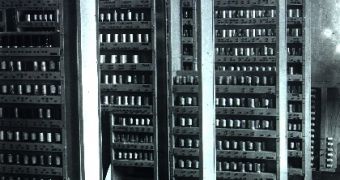Scientists from Penn State's College of Information Sciences and Technology managed to create the first computer model predictive of human action. The program, named Soar, was able to foretell accurately the times 10 students needed to complete basic trouble-shooting tasks, such as identifying misfit components inside a circuitry.
Naturally, after solving a few tests, the task became easier for humans, as they learned and evolved their abilities to identify and solve problems inside the circuits. The program also evolved and figured out that people would take less time to spot similar mistakes in similar circuits. Thus, Soar was able to predict the participants' times with a margin of 2 to 4 seconds.
In addition, in 8 out of 10 cases, it came extremely close to identifying the exact times the test subjects needed to complete the tasks. "The model does not merely accurately predict problem-solving time for the human participants; it also replicates the strategy that human participants use, and it learns at the same rate at which the participants learn,” explained IST and psychology associate professor, Frank Ritter.
"The project shows we can predict human learning on a fine-grained level. Everyone thinks that's possible, but here's an actual model doing it. The model provides a detailed representation of how a transfer works, and that transfer process is really what education is about," he added.
The fact that the Soar program was able to adapt to changes and learn progressively brings new hopes for informatics experts to create more and more advanced software, which could eventually replace humans in dangerous activities. Also, progressive learning is the key for smarter Artificial Intelligences that could learn to adapt to challenges and solve problems more efficiently.
Penn scientists worked with University of Nottingham researcher Peter Bibby and two of his research assistants to optimize Soar. The Cognitive Science journal published their study, “Modeling How, When, and What Is Learned in a Simple Fault-Finding Task,” in the July/August 2008 issue.

 14 DAY TRIAL //
14 DAY TRIAL //